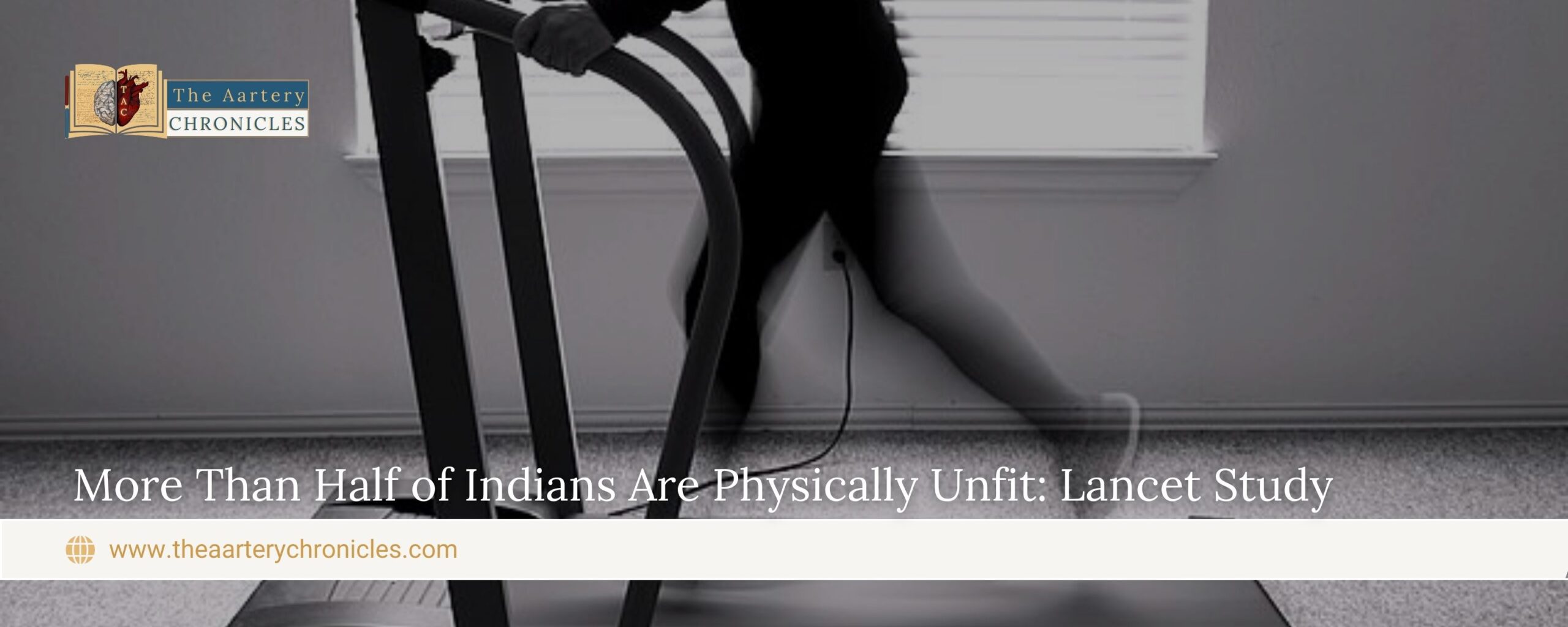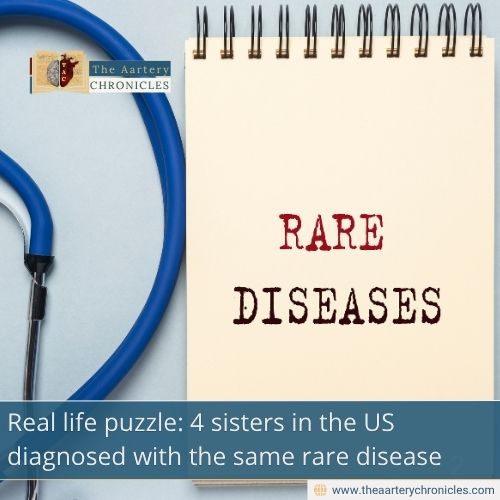
More Than Half of Indians Are Physically Unfit: Lancet Study
The Lancet published a comprehensive report on global physical activity levels among adults from 2000 to 2022. The report follows the WHO’s recommendation of at least 150 minutes of moderate-intensity or 75 minutes of vigorous-intensity activity per week. Failure to meet these levels classifies individuals as insufficiently physically active.
Insufficient Physical Activity Worldwide
The report highlights that one-third of adults globally are insufficiently active, with South Asia exhibiting the second-highest prevalence. In India, 40.0-49.9% of adults did not meet the recommended activity levels in 2022. Unfortunately, India’s progress is significantly off-track in achieving the global target of a 15% reduction in insufficient activity by 2030.
Gender Disparities in Physical Activity
The report also points to significant gender disparities, especially in South Asia. In India, 57% of women are insufficiently active compared to 42% of men. Globally, the disparity is five percentage points higher for women (33.8%) than for men (28.7%). Women tend to become slightly more active than men until the age of 60, after which inactivity levels stabilize or increase slightly for men.
Health Implications of Insufficient Activity
The lack of physical activity has serious health implications, including an increased risk of cardiovascular diseases, certain cancers, and mental health issues. The report emphasizes the particularly poor condition of women in South Asia, who face heightened risks of diabetes, cardiovascular diseases, rheumatic heart disease, and hepatitis C infections.
Impact of Income on Domestic Chores
Researchers such as Dr. Reddy and Dr. Fiona Bull attribute the gender differences in activity levels to cultural beliefs that household chores suffice as physical activity for women. This is especially prevalent in low-income countries, where women bear a significant burden of domestic tasks. Countries with higher Gender Inequality Index (GII) scores tend to show smaller differences in physical activity levels, as the GII reflects women’s reproductive health, empowerment, and economic status.
Physical Activity and Income Disparities
Income disparities further influence physical activity levels. Sub-Saharan Africa, a low-income region, has low levels of insufficient physical activity (14.3% and 19.1% respectively). Globally, women in all income groups are off-track in reducing insufficient activity levels, with low-income countries facing greater uncertainty.
Domestic Physical Activity and Health
A 2013 study by Murphy et al. explored the benefits of domestic chores as physical activity. The results indicated a negative relationship between domestic activity and leanness, suggesting that household chores may not provide the same health benefits as other forms of physical activity.
Barriers to Women's Physical Activity
Cultural norms and safety concerns deter women from engaging in physical activity outside the home. The Lancet’s 2019 article noted that girls’ sports receive less investment, leading to fewer opportunities for physical activity. Safety concerns, particularly in public spaces, also confine women to their homes. This is notably true in South Asia, where male entitlement and harassment prevent women from accessing public spaces.
Policy Recommendations and Initiatives
To address these issues, researchers recommend policies that encourage women to engage in physical activity in safe environments. Initiatives like Delhi’s ‘pink parks,’ exclusively managed by women, offer one solution by providing safe spaces for women to exercise. However, experts emphasize that segregation is not a long-term solution. Structural changes, such as improved lighting and visibility around bus stops, are crucial in making public spaces safer for women.
Conclusion
The Lancet report underscores the urgent need for global and regional efforts to promote physical activity, particularly among women. Addressing cultural norms, improving public safety, and implementing inclusive policies are essential steps in reducing insufficient physical activity and improving overall health outcomes.
Source: Inputs from various media Sources










